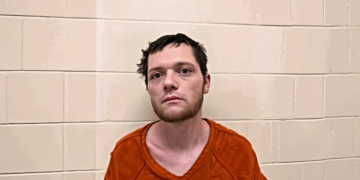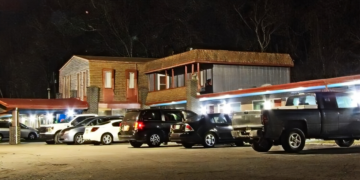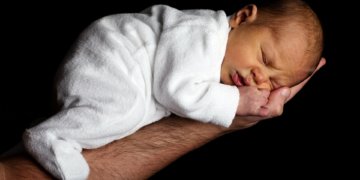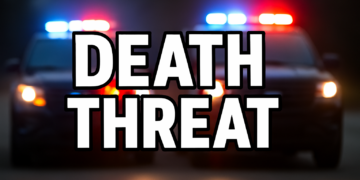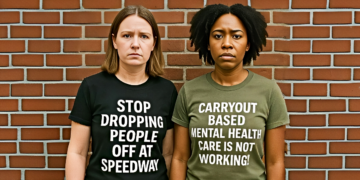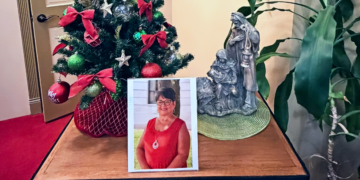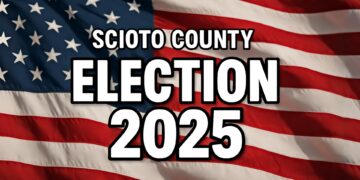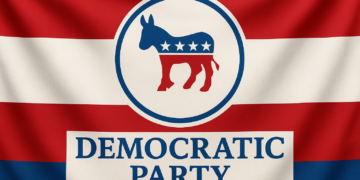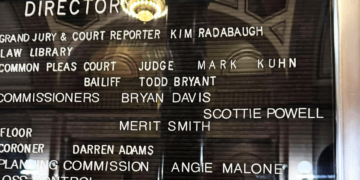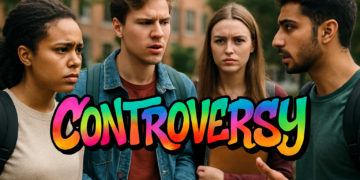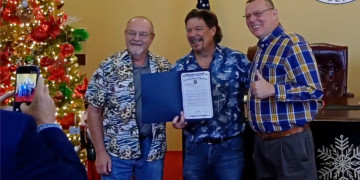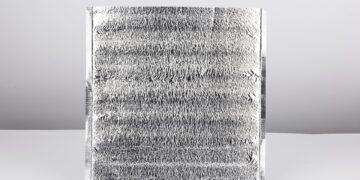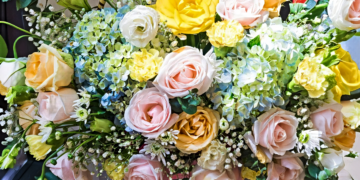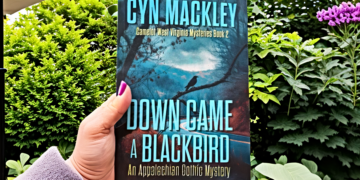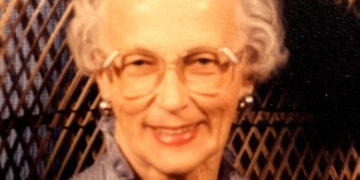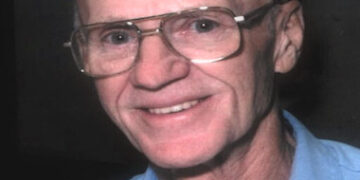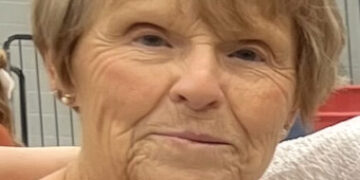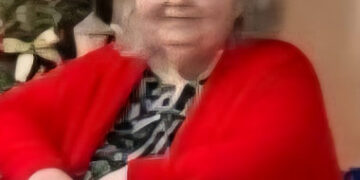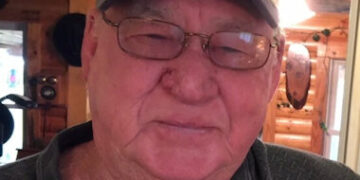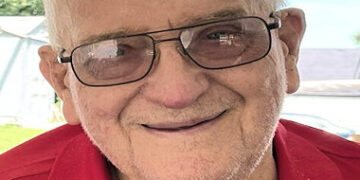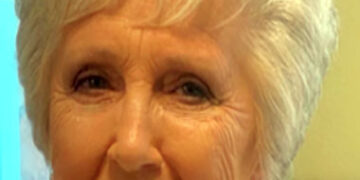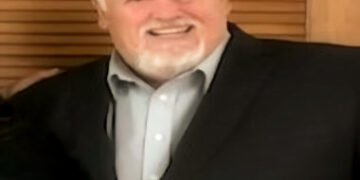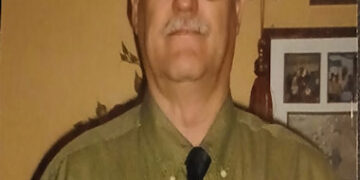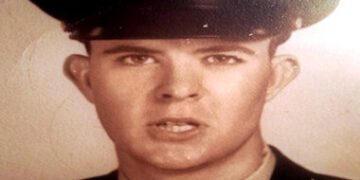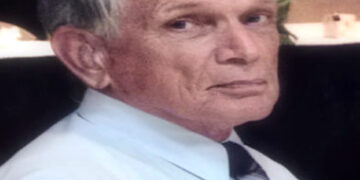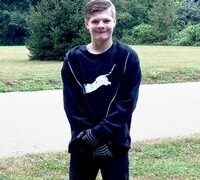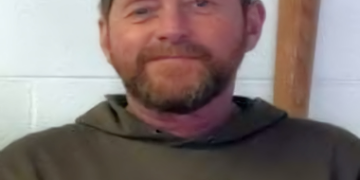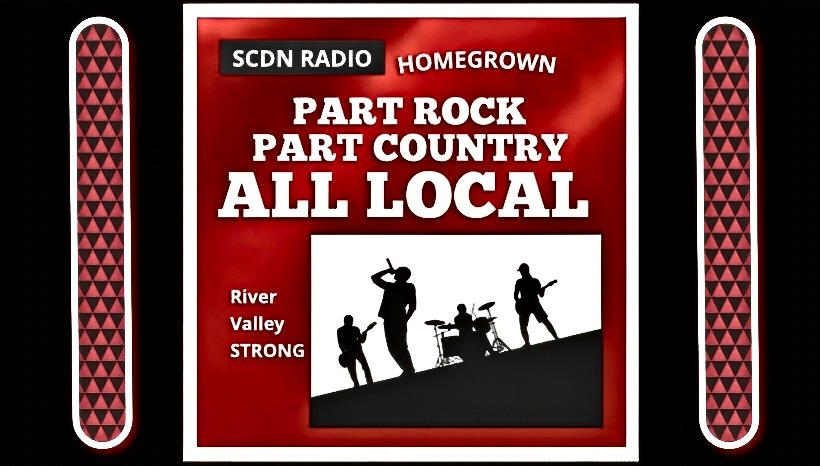Every craftsperson knows their work is only as good as the tools they use, and nowhere is that more apparent than in a good, old-fashioned sewing project. It might seem like an over-exaggeration, but your fabric, thread, and sewing machine all rely on the star of the show: the needle.
With so many types and sizes to choose from, it’s easy to feel a little overwhelmed, but don’t worry! This guide will walk you through everything you need to know to pick the right sewing needle for your next creative masterpiece.
Match the Needle Type to Your Fabric
Selecting a needle type begins with considering your fabric. Are you working with delicate chiffon, sturdy denim, or stretchy jersey? Are you crafting sturdy outdoor furniture cushions or delicate decorative embroidery for your throw pillows? Each fabric has unique needs, and choosing the right material is just as critical.
For instance, a universal needle works well for woven fabrics like cotton, while a ballpoint needle is perfect for knits. If you’re tackling something heavy, like leather or canvas, a jeans needle or a leather needle will save your project.
Understand Needle Sizes
Needle sizes can feel like a cryptic code, but they’re actually straightforward once you know the basics. The size is the thickness of the needle, and it’s often listed with two numbers, like 80/12. The first number is European sizing, and the second is American.
A smaller number (like 60/8) means a finer needle, ideal for lightweight fabrics like silk. Larger numbers (like 100/16) are better for heavy materials like upholstery fabric. Matching the needle size to your fabric ensures smooth stitching and prevents unwanted tears or puckering.
Consider the Thread Type
Your thread and needle should work in harmony. A thick thread paired with a fine needle can lead to frustration and broken needles! For instance, if you’re using sturdy topstitching thread, reach for a larger-sized needle like a topstitch needle.
Conversely, a standard all-purpose thread pairs beautifully with a universal needle in a medium size. Pairing these elements correctly and with purpose sets you up for smooth, even stitches.
Factor in the Project’s Purpose
The type of project you’re working on is the foundation for choosing the right sewing needle. Quilters often go for quilting needles that can undergo piecing and assembly of multiple layers, while embroidery enthusiasts rely on embroidery needles with an extra-large eye to accommodate specialty threads. Each needle type meets a specific need, so keeping your project’s purpose in mind will help you choose wisely.
Test on Scrap Fabric First
Before jumping into your main project, sew a few test stitches on a scrap piece of your fabric. This small step can save you a lot of heartache!
Testing allows you to evaluate your needle choice, check the tension, and ensure your thread pairs perfectly with the fabric. If the stitches look uneven, the fabric puckers, or you hear the telltale “pop” of a needle struggling through, it’s a sign you need to reassess.
Remember, every stitch you sew is a combination of craftsmanship and the right tools working together. So grab your supplies, trust your instincts, and start creating something incredible, one stitch at a time!


